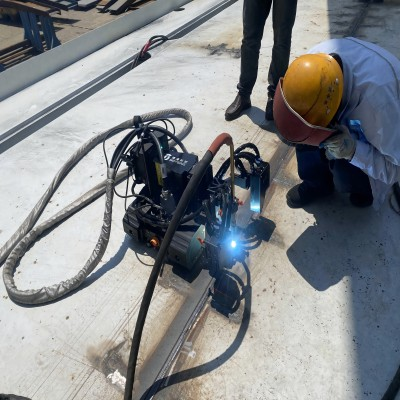
Why Magnetic Wheel Robots Are Safer Than Traditional Methods
![]() :2025-08-26
:2025-08-26
![]() :229
:229
Why Magnetic Wheel Robots Are Safer Than Traditional Methods
Wall-climbing robots with magnetic wheels eliminate the need for human workers to perform dangerous high-altitude tasks. By replacing scaffolding, cranes, and harness systems, they significantly reduce fall risks and workplace accidents. Many industrial inspections can now be completed remotely, with operators controlling the robots from a safe location.
These robots are designed to maintain secure adhesion even on slippery or wet surfaces. Advanced sensors monitor grip strength continuously, automatically adjusting if surface conditions change. Some models include backup power systems and emergency braking to prevent accidental detachment during operation.
In confined space applications like storage tanks or ship compartments, magnetic climbers provide a safer alternative to human entry. They can detect hazardous gases, measure oxygen levels, and assess structural integrity before any personnel would need to enter. This prevents potential exposure to toxic substances or oxygen-deficient environments.
As safety regulations become stricter worldwide, magnetic climbing robots offer companies a compliant solution for hazardous work. Their ability to document inspections with photos and sensor data also creates verifiable safety records, helping organizations meet regulatory requirements more effectively.


 chenwanshu8@gmail.com
chenwanshu8@gmail.com  Huakai Square, Nancheng Street, Dongguan City, Guangdong Province
Huakai Square, Nancheng Street, Dongguan City, Guangdong Province  61 Wangsha Road, Hongmei Town, Dongguan City, Guangdong Province
61 Wangsha Road, Hongmei Town, Dongguan City, Guangdong Province





 +86 136 6287 1206
+86 136 6287 1206

